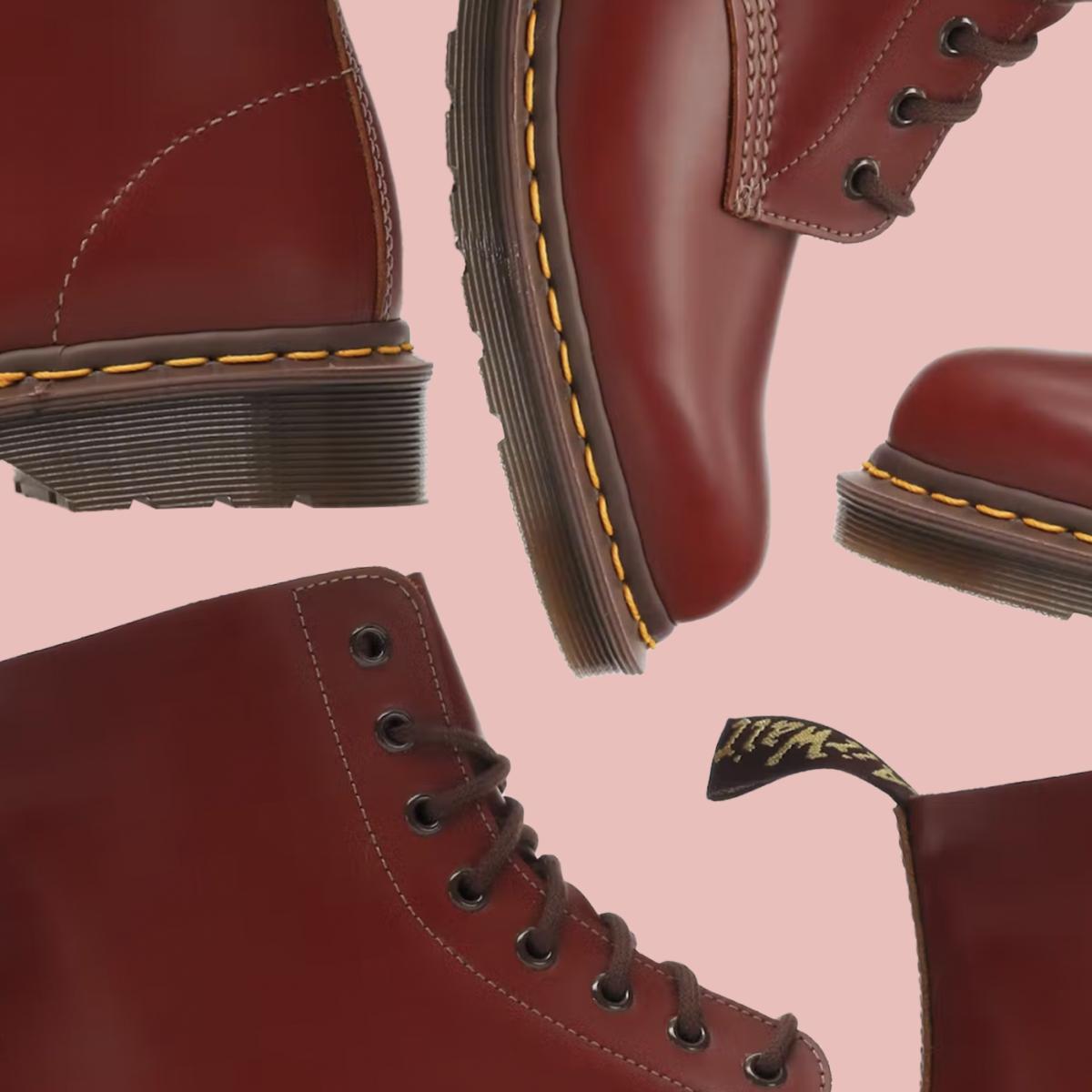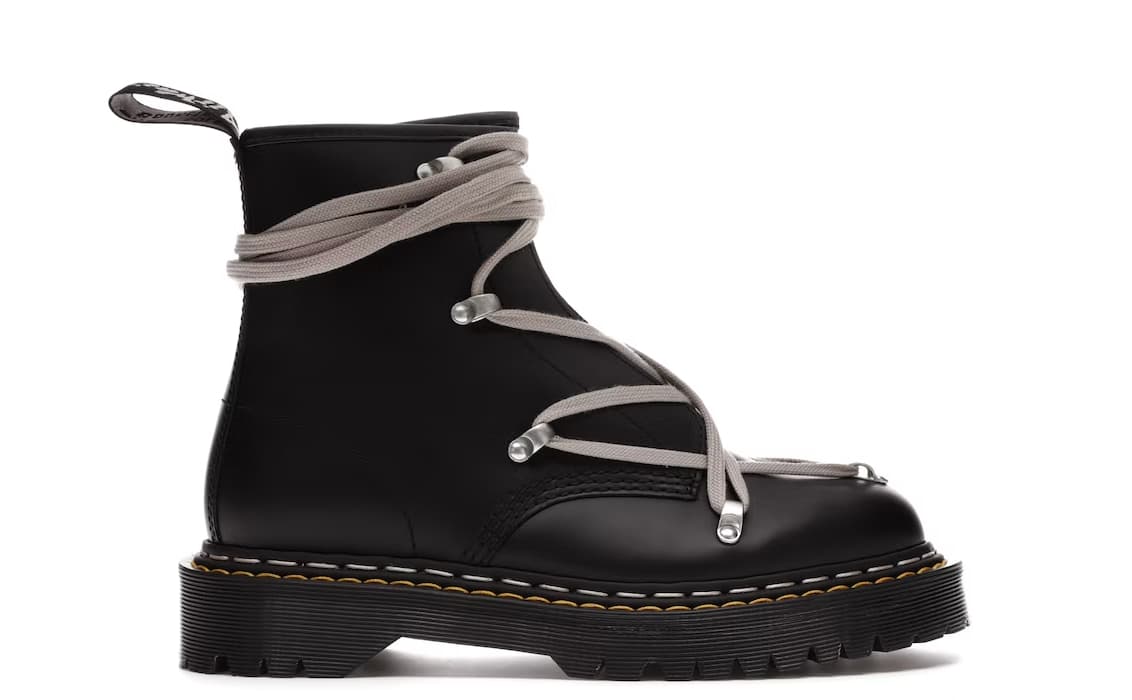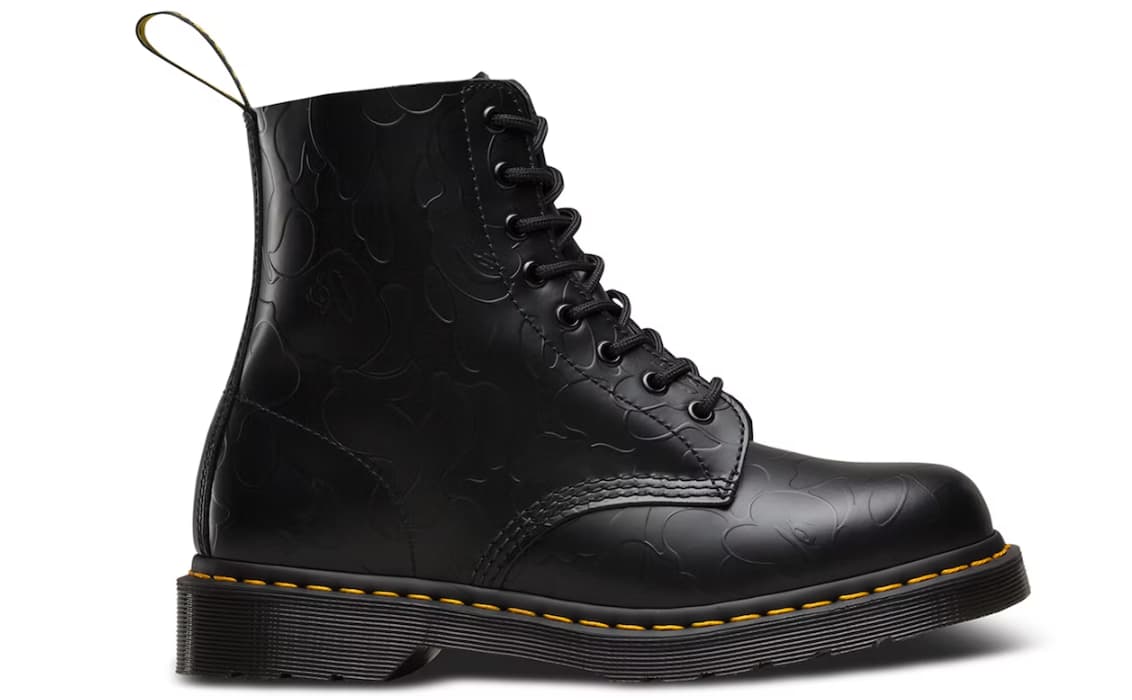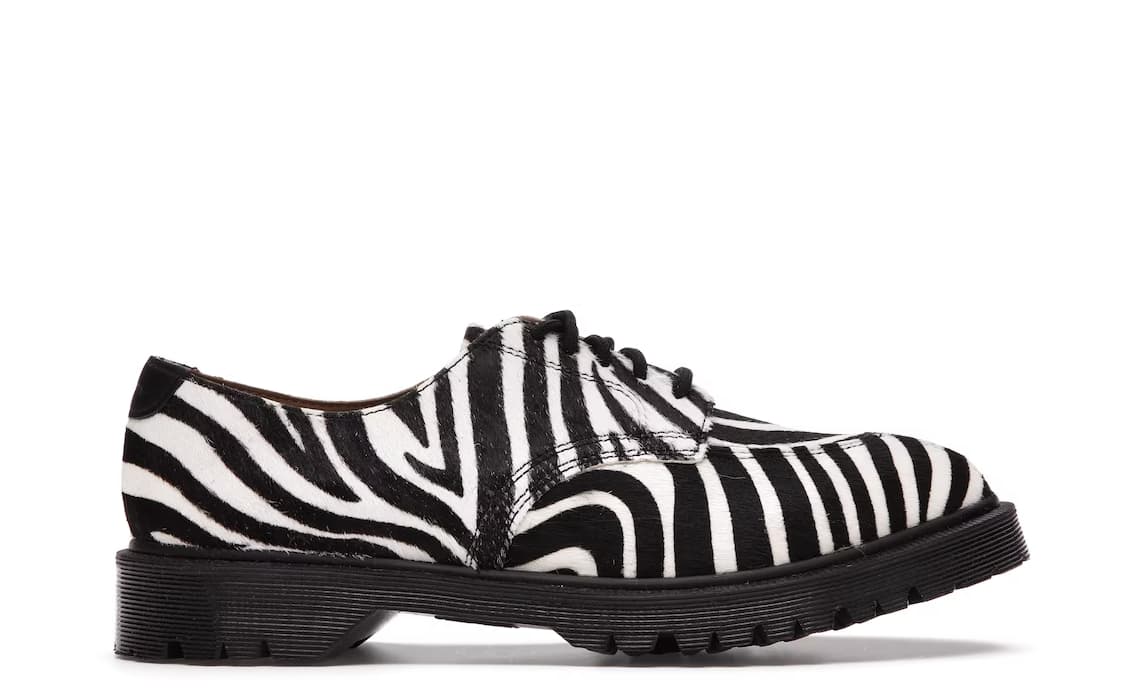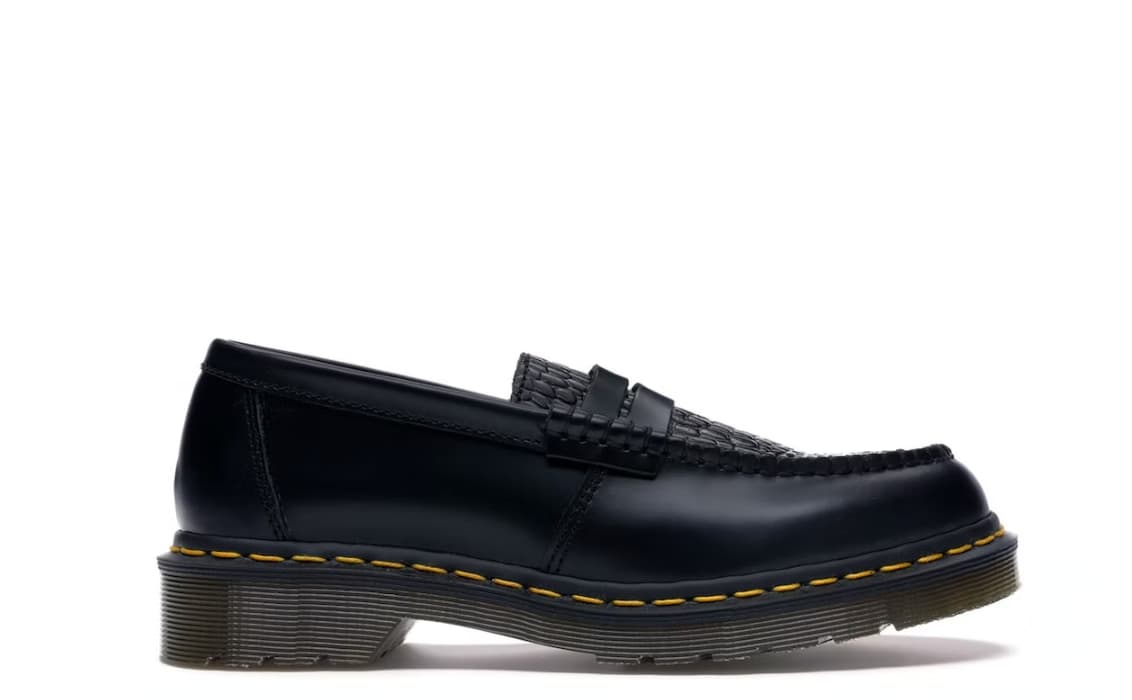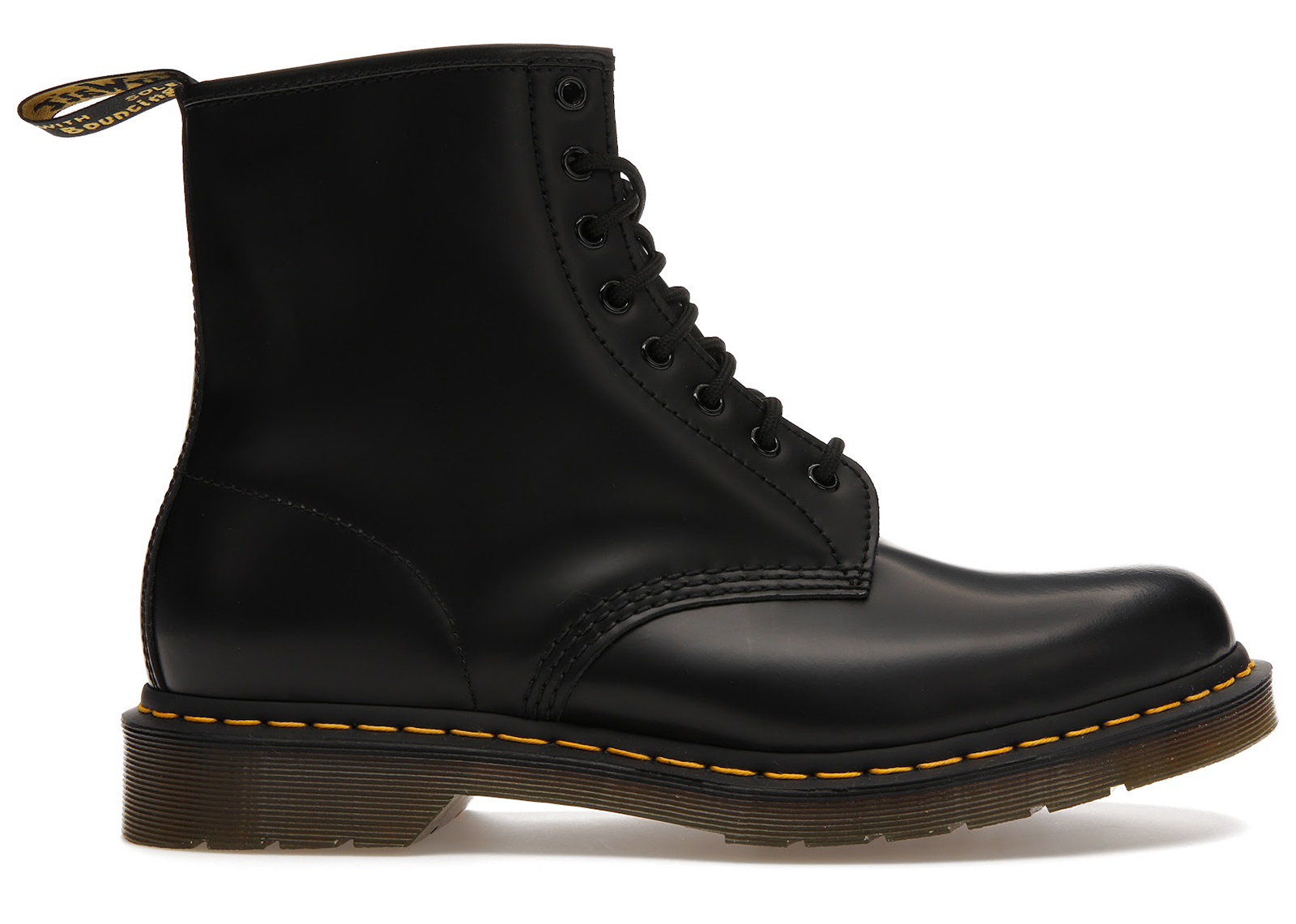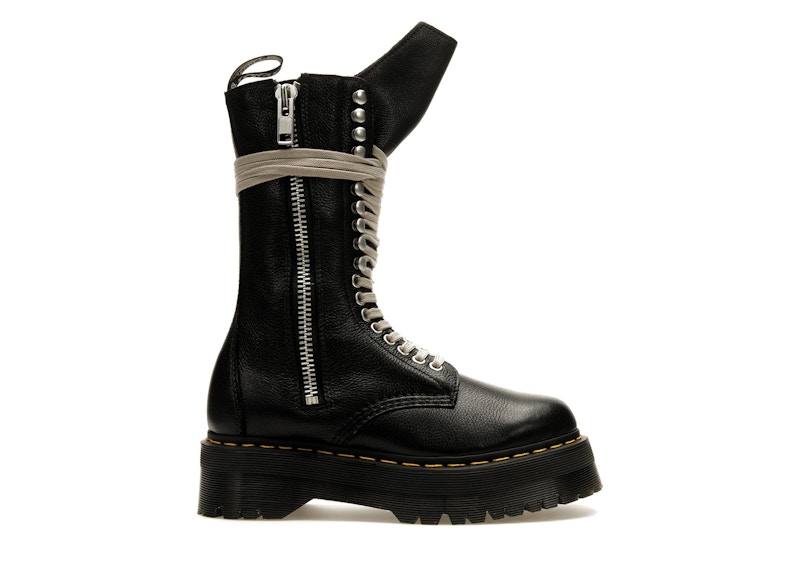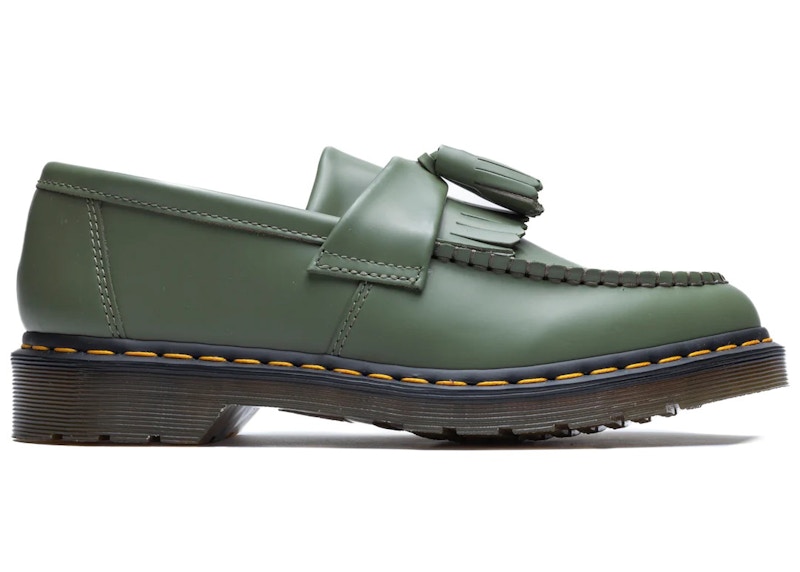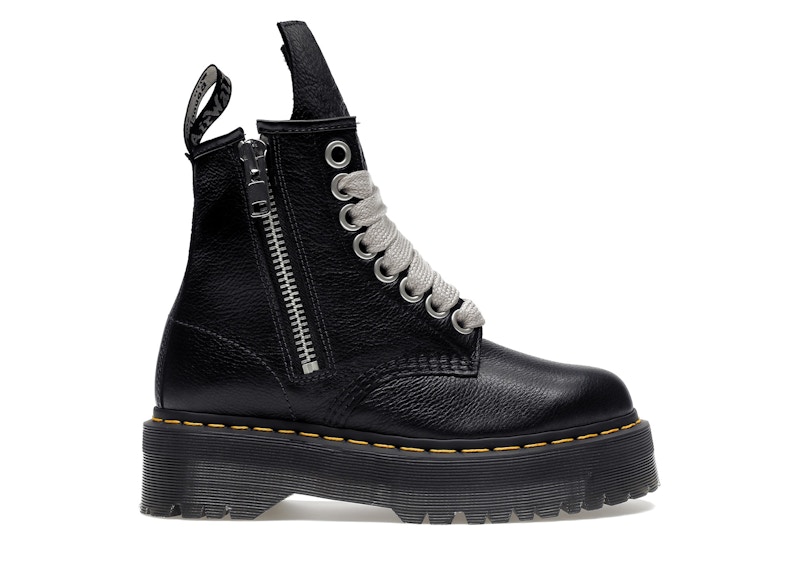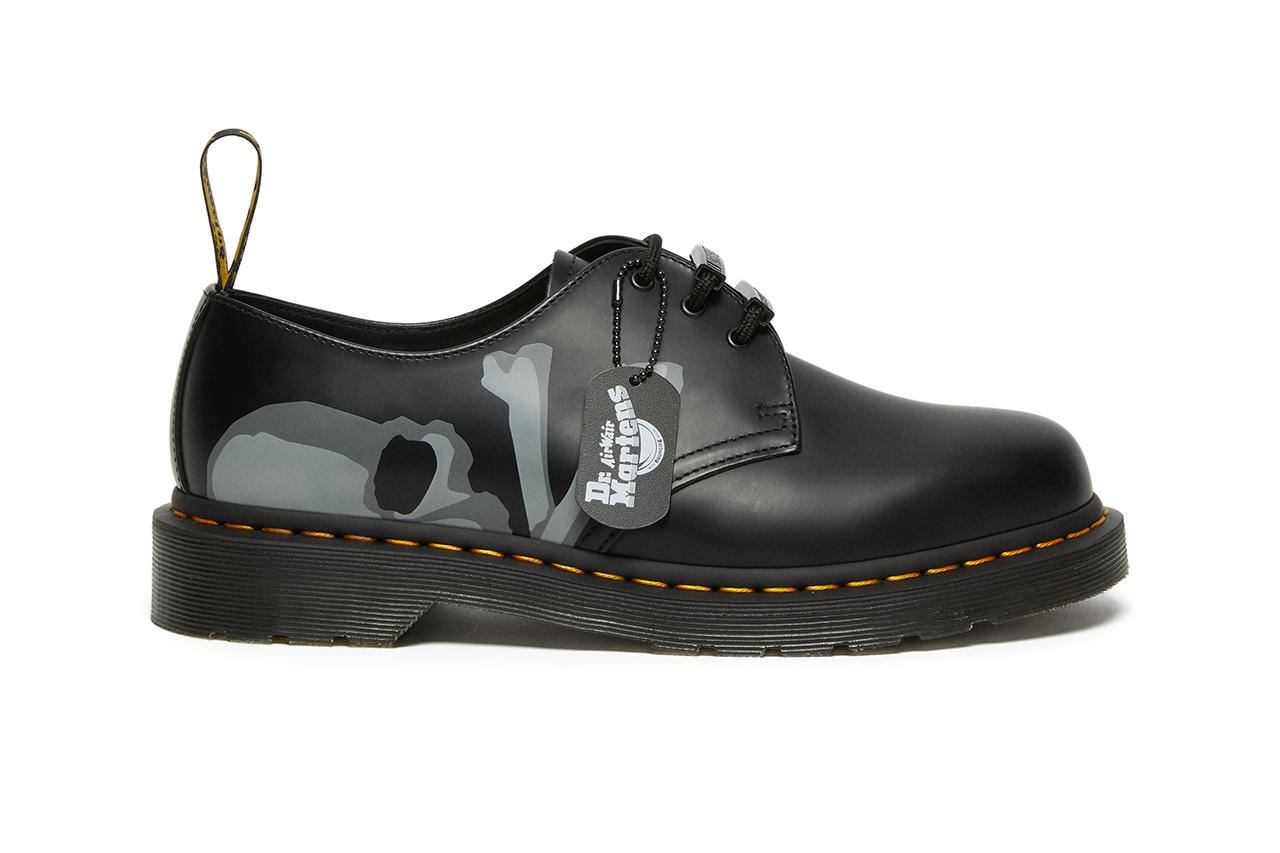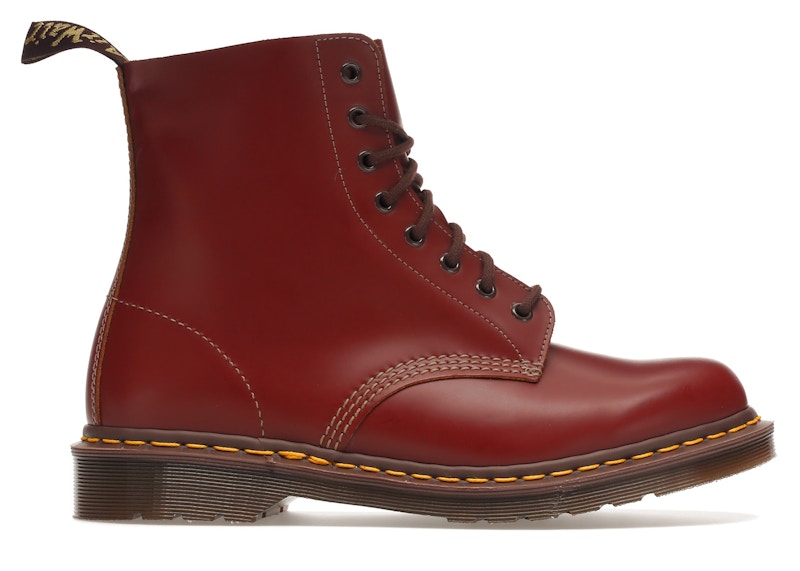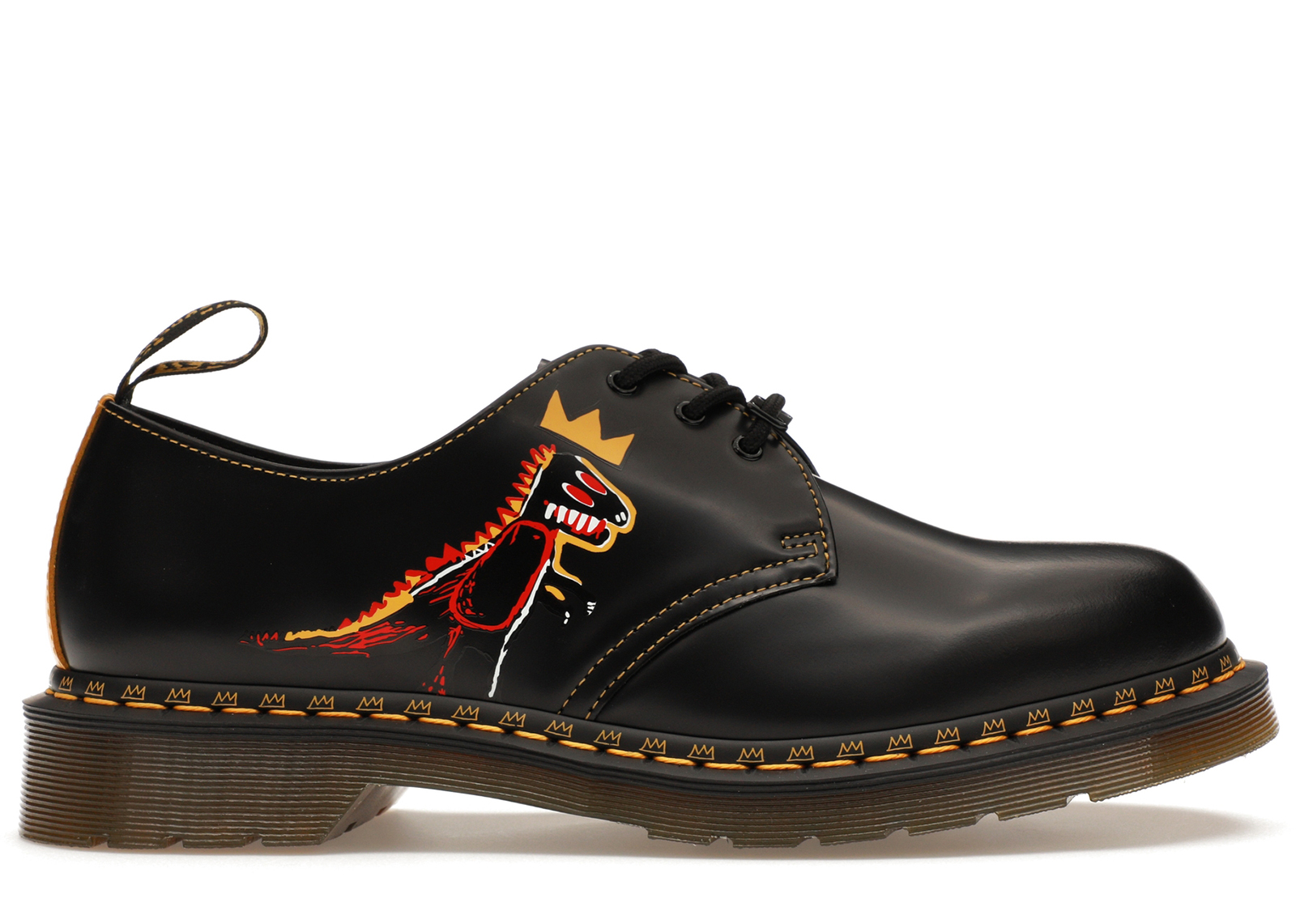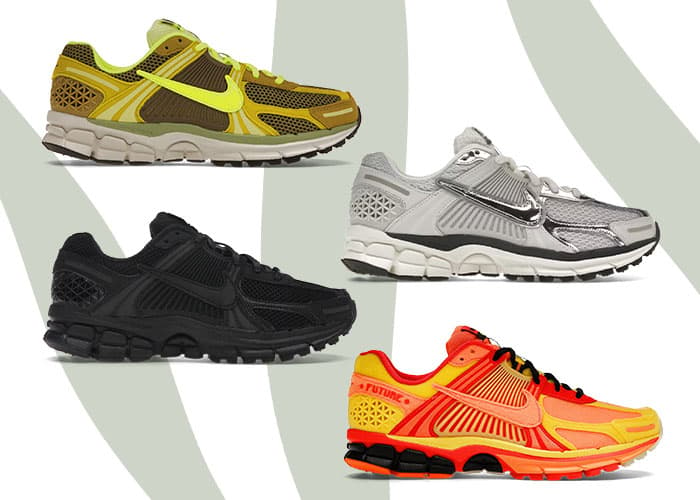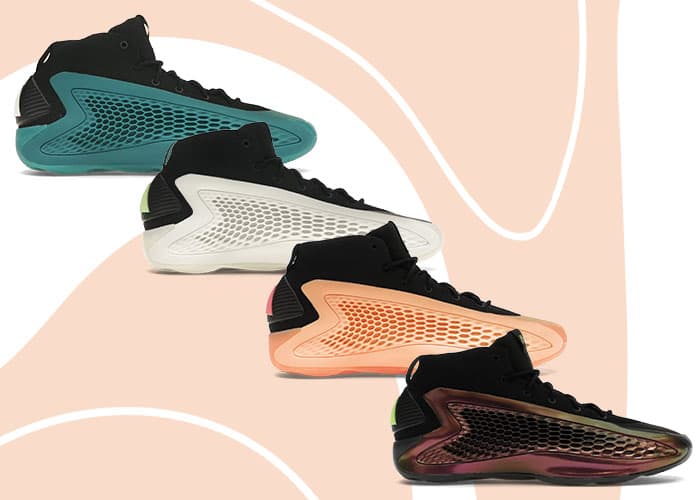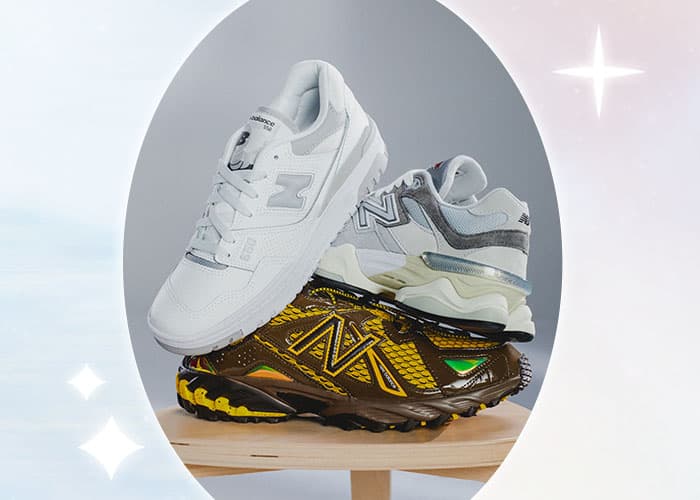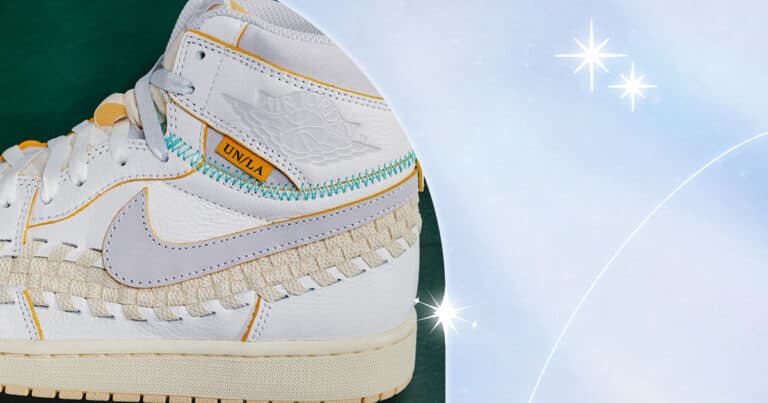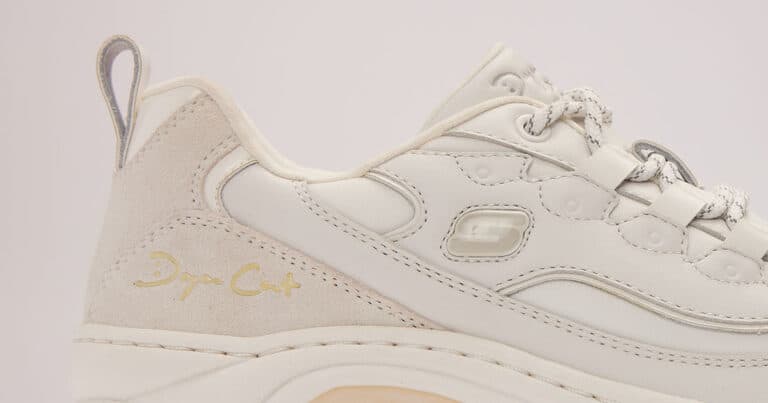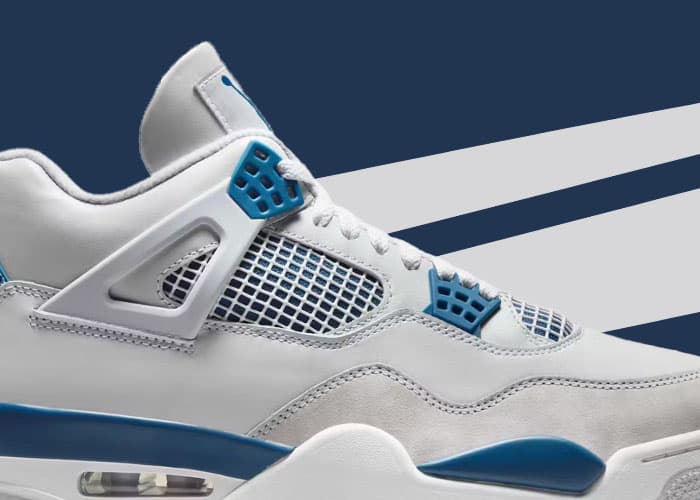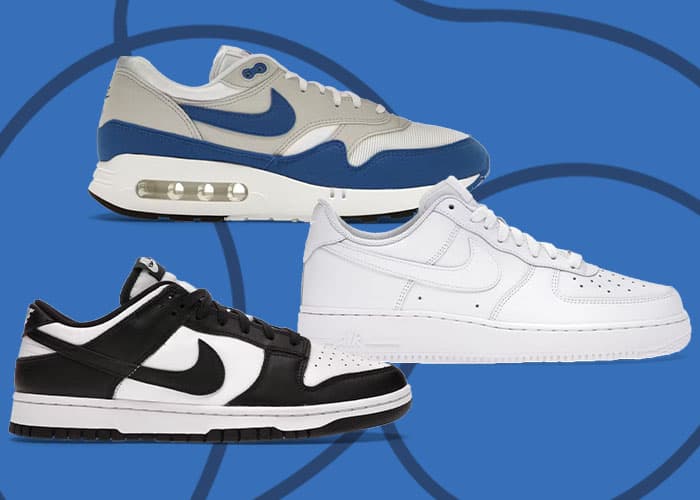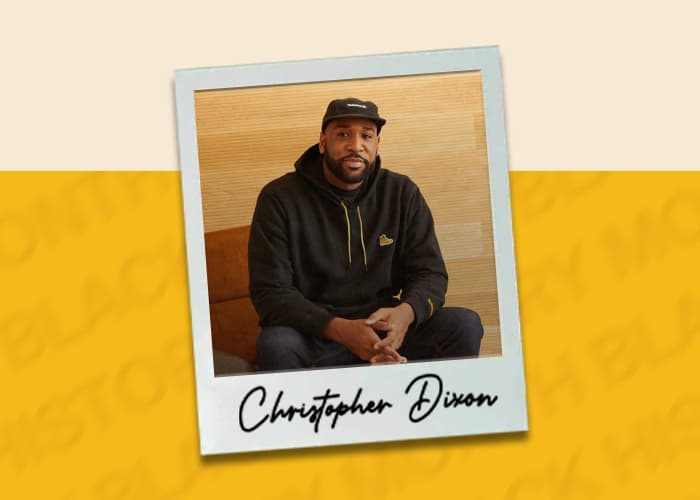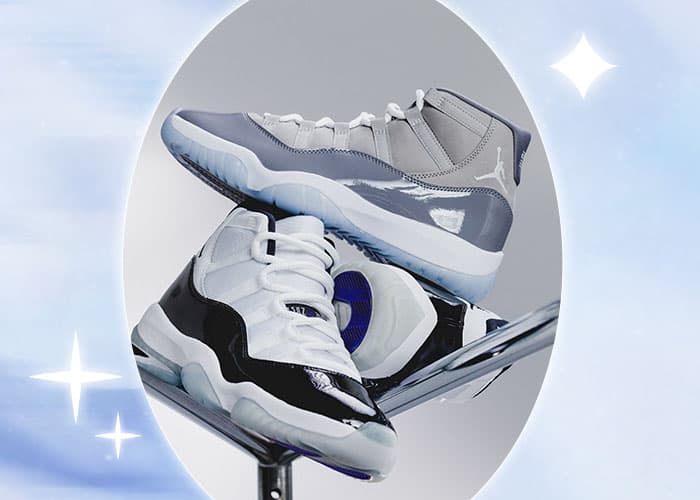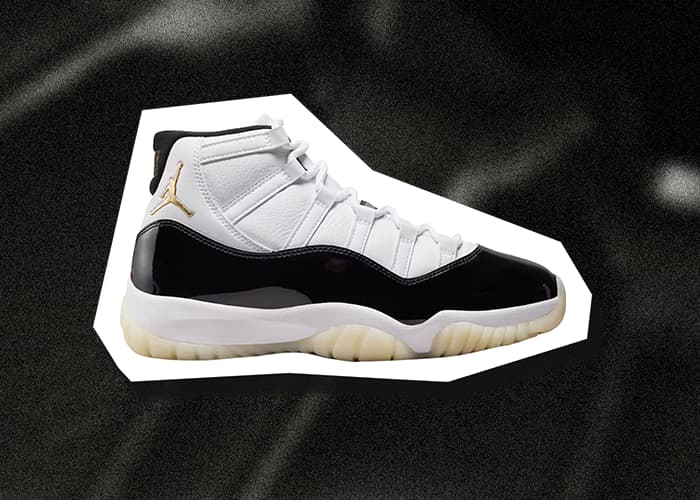Dr. Martens is a brand synonymous with style and rebellion, as its history is rich with cultural movements and pop cultural moments. Dating back to 1959 when their iconic 8-eyelet unisex boot was first launched, their products have become cornerstones of modern style. Join us as we explore the varied and exciting story behind this legendary brand.
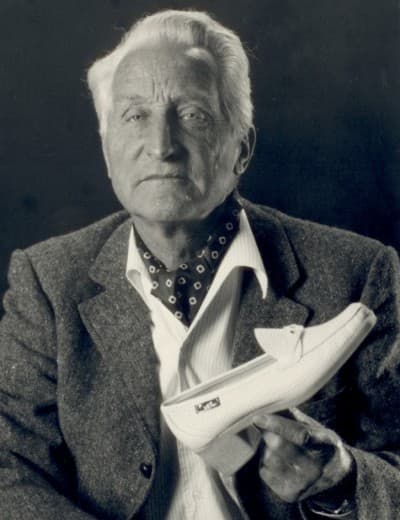
Dr. Klaus Maertens, founder and co-creator of the 1460 (image by: FMD)
Dr. Martens didn’t start off as the counterculture brand we know it as today. In fact, the brand was merely the product of a 25-year-old World War II soldier Dr. Klaus Maertens, who was in search of a solution to heal his broken foot. In 1945, most boots were constructed from hard, stiff, unpliable leather. Looking for ways to improve his shoes, Maertens salvaged a last and needle to create a new boot that featured an air-cushioned sole to better support his foot during his injury. With the new sole, he found that the shoe was more comfortable than any of the work boots he previously wore, which was a unique take on popular footwear at the time. After showing a prototype to his university and mechanical engineering friend, Dr. Herbert Funk, the two started producing the boots themselves and then later in larger quantities once the shoe started reaching higher popularity.
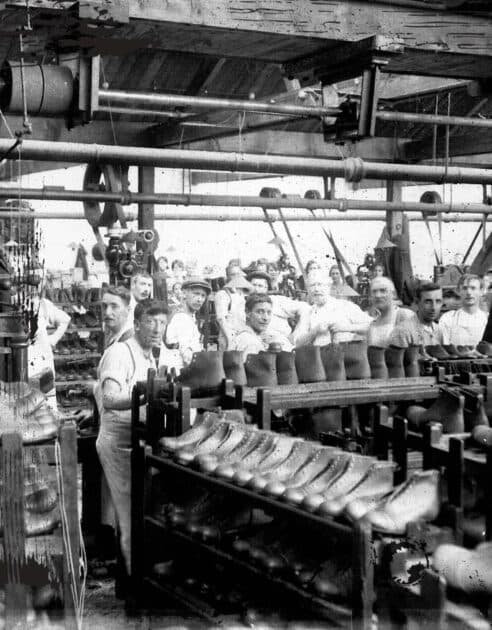
Inside the Griggs Footwear factory in the early 1950s where the first 1460 was made (image: Dr. Martens)
Ten years after their first prototype, the boots were becoming a massive hit. They initially found a reliable consumer in the elderly, as the air-cushioned sole was comfortable for more frail feet. To further spread news about their latest shoe, Maertens and Funk took out ads in international magazines and newspapers and would soon get the attention of Griggs Footwear, a popular British work boot manufacturer that had been producing boots since 1901. At the time, Griggs Footwear was looking to improve their selection and bring more lifestyle options to their brand. The Griggs brand would soon work alongside Dr. Maertens and Dr. Funk, acquiring an exclusive license to produce and sell the boots, making this a win-win situation for the two.To bring a more universal and casual appeal to the boots, they added a few iconic tweaks to the original creation; Yellow stitching on the welt, a grooved midsole, and a black and yellow heel loop. The new boots were called Dr. Martens 1460 and would go on to become the flagship shoe that most are familiar with today.
The 1460 became especially popular in the UK in the 1960s, during a time when the European youth was experiencing an identity shift. The boots’ roots were birthed with a working-class, blue-collar background, especially with British laborers being able to purchase the shoes at £2. The 1460 received its first big celebrity endorsement from the popular British rock band, The Who, after lead guitarist Pete Townshend wore the boots on stage. Traditionally known as being apart of the Mod subculture, one that was focused on music and fashion, the 1460 found a new stylized connotation and brought it to a the forefront of British fashion. Both the combination of subcultural and celebrity associations helped catapult the Dr. Martens boot to a wider, public stage, which was a massive transition from Dr. Maertens and Dr. Funk’s original marketing.
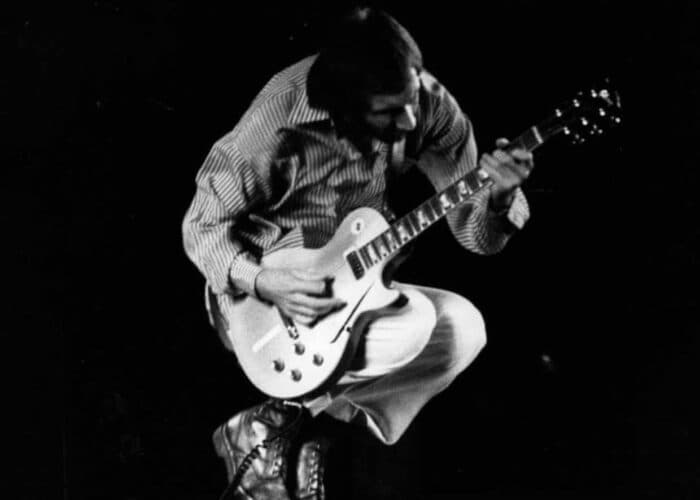
The Who’s Pete Townshend playing on stage while wearing Dr. Martens 1460s (image by: Crombie Media)
As Britain’s subcultures continued to evolve, the 1460 came along with it. In the 1970s and 1980s subcultures like Goth, Glam, Punk, Psychobilly, and Two-Toned Ska, each founded with their own unique styles and aesthetics, found something special within the 1460 that spoke to their respective groups. With many of the groups, such as Punk and Two-Toned Ska, a lot of music was associated with them as well, leading to Dr. Martens diving further into the musical space and expanding its reach internationally. Dr. Martens were becoming extremely popular overseas in the US and by 1984, the boots were being sold in stores in North America.
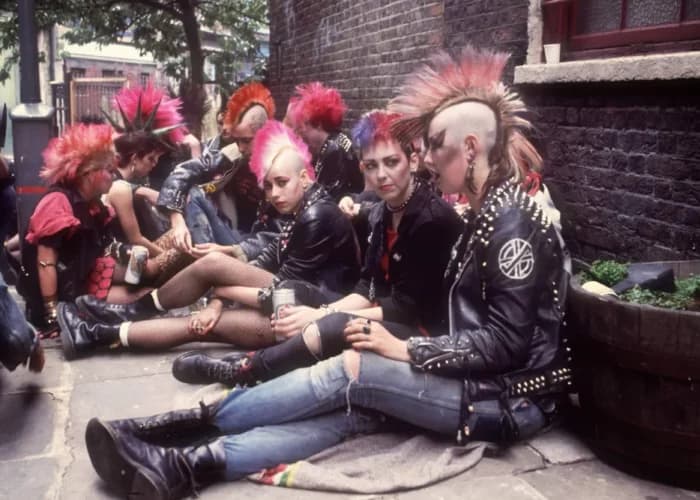
Punks wearing Dr. Martens in the 1980s (image: One Block Down)
Dr. Martens kept its cultural momentum until the 2000s when Punk and other subcultures began declining in influence. But, as many brands like Timberland, Salomon, and Puma have done successfully to maintain relevance, Dr. Martens began leaning towards collaborations as well. Some of their collaborators include high-profile names like Raf Simons, Supreme, Bape, Rick Owens, and A-Cold-Wall to name a few. Each of these projects brought their own novel touch to various silhouettes from Dr. Martens, which is similar to its own evolution or homage to the previous subcultures that have added their own spin to Dr. Martens’ boots.
For a brand to resonate with so many through multiple generations and still remain a classic shoe today is truly special.. Many shoes go through fads – they’re here one day and then gone as soon as your refresh your social feed. But Dr. Martens remains a fixture in many people’s closets today, and that’s to be thanks to their extensive history. Their boots have been worn by multiple subcultures from the UK to the US, celebrities around the globe, and demographics both young and old. Although each subculture has its own taste, purpose, and foundation, the Dr. Martens boot has remained a reliable fixture for each and is showing no signs of slowing down.


